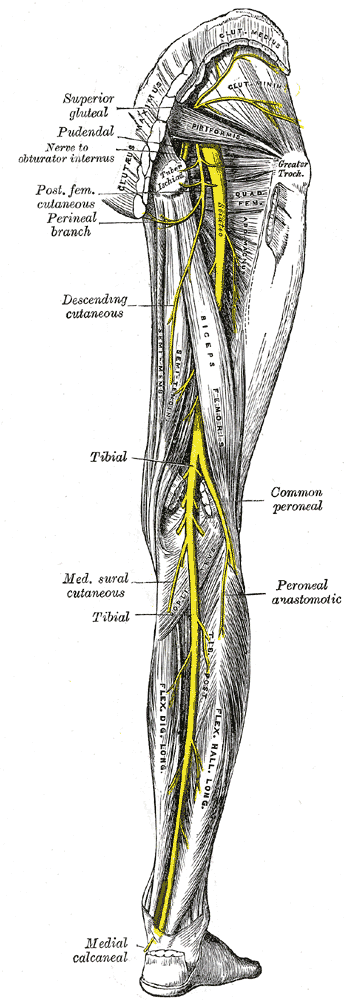What I found interesting was this comment,
THE PUDENDAL NERVE DOES NOT GO TO THE BUTTOCK OR THE ISCHIAL
TUBEROSITY, AND SO PUDENDAL NERVE PROBLEMS CANNOT CAUSE PAIN IN
THOSE AREAS.
From the same paper,
NANTES CRITERIA FOR PUDENDAL NERVE ENTRAPMENT*
Essential Criteria
1. Pain in the territory of the pudendal nerve; anus to penis/clitoris
2. Pain is predominantly experienced while sitting
3. Pain does not awaken the patient at night
4. Pain with no objective sensory impairment
5. Pain relieved with diagnostic pudendal nerve block
Complementary Diagnostic Criteria
1. Burning, shooting, stabbing pain, numbness
2. Allodynia or hyperpathia
3. Rectal or vaginal foreign body sensation
4. Worsening of pain during the day
5. Predominantly unilateral pain
6. Pain triggered by defecation
7. Presence of exquisite tenderness on palpation of ischial spine
8. Clinical neurophysiology findings in men or nulliparous women
Exclusion Criteria
1. Exclusively coccygeal, gluteal, pubic or hypogastric pain
2. Pruritis
3. Exclusively paroxysmal pain
4. Imaging abnormalities able to account for the pain
Associated Signs not Excluding the Diagnosis
1. Buttock pain on sitting
2. Referred sciatic pain
3. Pain referred to the medial aspect of the thigh
4. Suprapubic pain
5. Urinary frequency and/or pain after sexual intercourse
6. Pain occurring after ejaculation
7. Dyspareunia and/or pain after sexual intercourse
8. Erectile dysfunction
9. Normal
